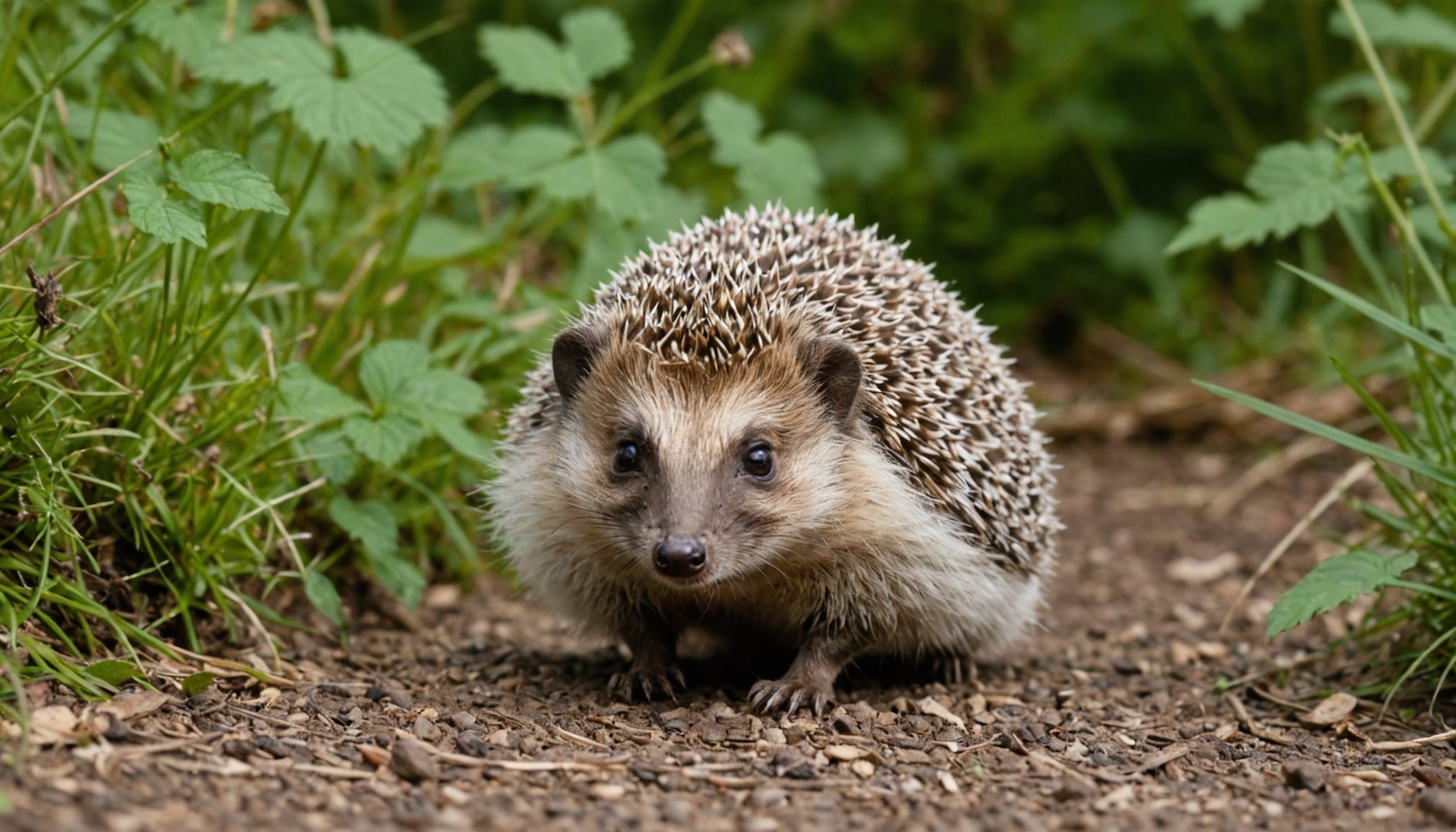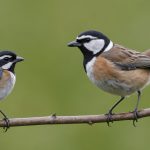Overview of Recent Research on Urban Hedgehog Populations
Recent urban hedgehog research across the UK has shed light on important trends and behaviours among hedgehogs residing in city environments. Key findings from UK wildlife studies reveal both encouraging and concerning shifts in hedgehog populations. Urban hedgehogs display unique adaptations, crucial for their survival amidst bustling human habitats.
Population Changes
A multitude of studies indicate fluctuating hedgehog population trends, with some cities exhibiting significant declines while others record modest increases. Habitat fragmentation and loss due to urban expansion are pivotal factors influencing these dynamics.
Topic to read : Unraveling the effects of uk farm subsidies on bird populations: a comprehensive analysis of nature”s equilibrium
Adaptations to Urban Environments
In response to urban challenges, hedgehogs have developed behavioural adaptations that enhance their likelihood of thriving. These include night-time activity peaks to avoid human interaction and innovative foraging strategies exploiting urban food resources.
Effects of Urbanization on Hedgehog Survival
Urban infrastructure impacts hedgehog survival profoundly. Roads and buildings interrupt traditional nesting areas, forcing hedgehogs to improvise with available materials. Additionally, reduced food availability in densely built regions poses a persistent threat to population stability. Understanding these dynamics is vital to informing effective conservation strategies for urban wildlife. Through ongoing research, we can better comprehend and support the intricate balance between urban life and native hedgehog populations.
Also read : Key strategies for ensuring safety during animal escapes at uk wildlife parks
Implications for Urban Wildlife Conservation
The importance of incorporating wildlife conservation strategies into urban planning cannot be overstated. Preservation of natural habitats within cities plays a critical role in ensuring the survival of hedgehogs and other urban wildlife. Urban ecology offers unique challenges and opportunities. By understanding these dynamics, policymakers and urban planners can develop comprehensive approaches that support hedgehog populations.
Key recommendations include enhancing habitat preservation by strategically maintaining green spaces and corridors within urban settings. This helps facilitate movement and nesting of hedgehogs, maintaining their population dynamics. Moreover, implementing thoughtful development regulations can minimise habitat fragmentation and effectively integrate urban ecosystems into city landscapes.
Successful urban initiatives have demonstrated the benefits of incorporating these strategies. For instance, creating wildlife-friendly gardens and allotments has shown positive impacts on hedgehog numbers, demonstrating practical, actionable steps in fostering urban wildlife conservation. It’s essential for these efforts to be sustained and replicated across different urban locales to strengthen conservation outcomes.
Such efforts underline the significance of informed conservation strategies that respond to the specific needs of urban hedgehog populations. A focus on these strategies enriches both ecological and community well-being, fostering coexistence between human and hedgehog habitats.
Key Insights from the Research
Recent studies into the behaviour of urban hedgehogs in the UK have unveiled remarkable adaptations to city life. Hedgehogs, traditionally rural creatures, have exhibited unique behaviours within bustling urban ecosystems. These adaptations are critical for their survival and provide insight into the broader population dynamics.
Population Changes
Research consistently highlights that hedgehog population dynamics in urban environments vary significantly. While some cities report increases, many are witnessing declines due to factors like habitat fragmentation and reduced food supply. Understanding these changes is vital to developing effective conservation strategies.
Adaptations to Urban Environments
Hedgehogs have ingeniously adapted to their urban settings. Behavioural shifts, such as increased nocturnal activity, help minimise interactions with humans and predators. Additionally, hedgehogs exploit diverse urban ecosystems by modifying their foraging habits to make the most of available resources.
Effects of Urbanization on Hedgehog Survival
Urban development presents both challenges and opportunities for hedgehog survival. The encroachment of infrastructure disrupts traditional nesting sites and food sources, necessitating innovative survival strategies. The availability of natural habitats and the integration of urban ecosystems are therefore crucial in supporting hedgehog populations. Studying these dynamics aids in crafting targeted conservation approaches.
Recommendations and Action Steps
Involving communities in urban hedgehog conservation is crucial. Community engagement strategies serve as the backbone of effective hedgehog protection methods. Awareness campaigns can educate residents about the importance of urban ecosystems and provide practical information on supporting hedgehog populations. By hosting workshops and engaging schools, we can foster enthusiasm and knowledge in younger generations, laying the groundwork for future conservation efforts.
Community Engagement Strategies
Engaging the public through consistent dialogue and educational outreach can make a significant impact. Local organisations might organise hedgehog spotting events, encouraging residents to record and report sightings.
Practical Actions for Residents
There are simple steps community members can take to protect hedgehogs. Residents can implement hedgehog-friendly gardening practices, such as leaving areas of their gardens untouched or installing hedgehog houses. Creating small passageways in fences aids their movement through urban areas, while avoiding the use of harmful pesticides can support their health and biodiversity.
Future Research Directions
Understanding urban hedgehog trends further requires ongoing research. Future studies should focus on the long-term effectiveness of community involvement, evaluating what strategies best sustain population dynamics. Additionally, exploring innovative urban planning approaches might illuminate new methods for maintaining diverse and thriving urban ecosystems.











